So good... like you
Listeners:
Top listeners:
00:00
00:00
chevron_left
-
play_arrow
NGradio So good... like you
10 Things You Didn’t Know About Bob Dylan’s Never Ending Tour On three decades — and nearly 3,000 shows.
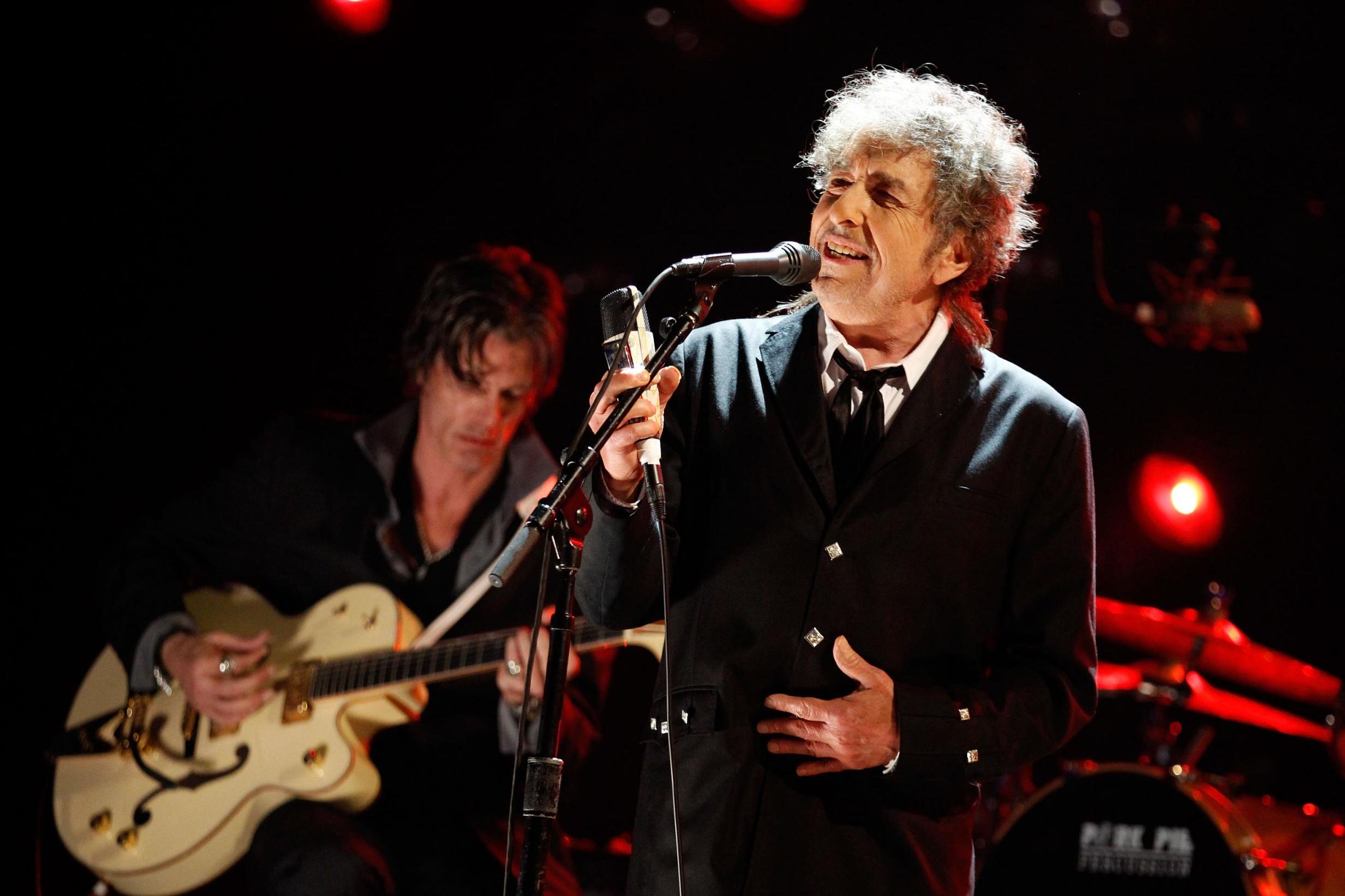
1. Bob Dylan’s Never Ending Tour has been running for 30 years now.
The music industry will celebrate an anniversary of just about anything — there was a 20th anniversary edition of Joan Osborne’s Relish — and the compliant music press will help push a little product to mark the occasion. As what has come to be known as Bob Dylan’s Never Ending Tour has proceeded year in and year out, one remarkable thing is that no benchmarks have been noted. The tour began in the summer of 1988 — more on that below. The 20th and 25th year came and went with not so much as a press release, and stories about this endeavor are rare. (As on just about everything Dylan-related, his management company declines comment.)
So anyway, it’s 2018, and Bob Dylan’s Never Ending tour has now been going on for 30 years.
2. Some dispute the moniker, but it really is a Never Ending Tour.
The summer tour in 1988 began with Dylan appearing with a small backing combo. He stepped to the front of the stage and played songs from his catalogue. The band was dressed in black. The set list changed night to night. He almost never said anything to the audience; he didn’t say things like, “We’d like to play a few songs from our new album,” or “Here’s one you might remember!” He didn’t say thank you or good night.
And that’s how it’s been, for 30 years now. There have been a few tweaks here and there; now and again, a band member drops in or out, particularly guitarists. But right now, for example, he’s playing with three guys who have been with him more than 13, 16, and 29 years, respectively.
The big changes? The overall size of the band has gone up once in a while. And Dylan in the 2000s began playing a keyboard.
That’s it.
And for the record, it’s unusual, basically unique, for a star on Dylan’s level to tour like this. While of course the music industry has changed much over the last 30 years, as a rule, superstar tours take months and sometimes years of preparations. Tour caravans are created — sometimes massive ones — and million- to gazillion-dollar deals are lawyered out with Live Nation or AEG, with sponsors, merchandisers, and PR weasels circling round as album releases, TV appearances, souvenir live albums, and DVD films are negotiated, all the way to later cable broadcast.
Bob Dylan just tours, year in and year out, and doesn’t talk about it.
Many years ago, in the liner notes to World Gone Wrong, Dylan wrote, “There was a Never Ending Tour but it ended.” But read on and you can see it’s another of his mordant jokes, as he shares a list of what he said were the succeeding tours — a list that you can quickly see is of the sort favored by postmodern novelists:
[T]here have been many others since then: “The Money Never Runs Out Tour” (Fall of 1991) “Southern Sympathizer Tour” (Early 1992) “Why Do You Look At Me So Strangely Tour” (European Tour 1992) “The One Sad Cry Of Pity Tour” (Australia & West Coast American Tour 1992) “Outburst Of Consciousness Tour” (1992) “Don’t Let Your Deal Go Down Tour” (1993) and others, too many to mention each with their own character & design.
And once in a while, in interviews, Dylan would get positively heated when the subject of the tour came up. Label publicists discouraged coverage of the Never Ending Tour, and once in a while I’d talk to a critic who seemed to think it was uncool to call it that.
But at this point it’s clear that the summer of 1988 was a decisive turning point in Bob Dylan’s career, and that, 30 years on, we’re still seeing the wheels turn in the single most consistent thing this most mercurial of stars has ever done.
3. When it started, Bob Dylan was in a bad place.
We know this because Dylan himself has actually confessed as much, in his autobiography, Chronicles Volume 1. At the very end of the 1970s he started out on the tour that accompanied his first album of religious songs, Slow Train Coming. Fans streamed out when it became clear than Dylan and his gospel backup singers actually were going to spend the entire evening singing ditties like “God Gave Names to All the Animals. ” A follow-up the next year, after the even less fun Saved album, mixed in some old standards and even some moments of magic, but the feeling was overall sour.
After that came … aimlessness. There was a tour of Japan with Mick Taylor, fan-friendly outings with Tom Petty and the Heartbreakers in 1986 and 1987, and the stadium-sized turds that were the Dylan and the Dead concerts.
But let’s let him tell it, not without melodrama:
I had no connection to any kind of inspiration. Whatever was there to begin with had vanished and shrunk. … I couldn’t overcome the odds. Everything was smashed. My own songs had become strangers to me. I was what they called over the hill …The mirror had turned around and I could see the future — an old actor fumbling in garbage cans outside the theater of past triumphs.
A moment in clarity at a bar in San Francisco was a turning point. For better or worse, Dylan’s tours were always events, sometimes sensations. That forced him to think about how to get off that treadmill. The solution: denature the tour itself. Go play and play and play, until it wasn’t a novelty any more.
Dylan came back from the final Petty shows in Europe and told his tour manager he wanted to play 200 shows the next year, and keep going back to the same towns the next two years after that. He would build himself a new audience from scratch.
“I’d have to start at the bottom,” he wrote, “and I wasn’t even on the bottom yet.”
4. The Never Ending Tour deprives Dylan of something he’d had for least 20 years: Something to hide behind.
In 1972 he’d toured with the Band, scorching arenas across with country in different acoustic and electric sets, and with a set by the Band itself in the mix as well. On the Petty and Dead tours, he was using his partners as feints, or crutches, or something. He’d created his own dark carnival and even in the fabled Rolling Thunder outing after Blood on the Tracks and Desire. And on the Budokan tour, in 1978, he dressed in sequins with a troupe that might have backed Neil Diamond. In most of those, he could cast himself as a ringleader or a master of ceremonies, further distancing himself from the performing artist he supposedly was.
The tour that began in 1988 stripped it all away — facades, crutches, and makeup. Even the band was small, leaving nothing for Dylan to hide behind or lose himself in. On guitar was G.E. Smith. Smith, known for being the bandleader on Saturday Night Live, is dismissed by some, but he had played with the crack Hall & Oates band for years, and it’s hard to believe his time at SNL hadn’t given him some useful insights on how to deal with stars even as big as Dylan.
And the result was … a normal concert tour, featuring a rock star of some renown playing tunes from his repertoire backed by a musical ensemble there to support his vision. For Dylan, this was something new.
5. The first shows were electric.
No, not electric as opposed to acoustic. They were exciting. The closest comparison based on the remaining filmic evidence would of course be his 1966 or 1972 outings with the Band, where he was young, feral, and determined. Of course, 1988 was nothing like that. He was a much different person in his classic era, leading his fans and (some would say) a generation into a new era of electric folk in the face of (some would say) screams of derision from his audience.
But 1988 was different. He was not humbled, exactly. But he was a star with essentially no living equal who had to figure out how someone like himself, approaching 50 and obviously past his songwriting prime, could carry his career forward.
Dylan started his gospel tours in Northern California, and he started the Never Ending Tour there as well. I saw the first of the four original shows in Concord, at a suburban shed east of San Francisco. Dylan played two nights later in Sacramento. I missed that, which I’ve always regretted; a friend went and said Dylan had played a short set, and fans had booed when he left the stage. I saw the next show at the Greek Theater in Berkeley, and then the following one the next night, in another shed south of SF. (That show, at Shoreline Amphitheater, was perhaps a third full, another humbling moment.)
Even by then I’d seen him many times: twice on the Budokan tours as a teen, at least a dozen of the gospel shows (I ushered for Bill Graham Presents at the Warfield in San Francisco); a couple of the Petty outings; and a Dylan and the Dead show in Oakland. I was already a writer, and already writing dismissively about him. The Petty shows seemed particularly pointless; why did Bob Dylan need a stringy-haired sycophant onstage with him?
Anyway, I would say we weren’t expecting much, but one had to admit we didn’t know what to expect either.
It was obvious from the beginning that these shows were different. Smith’s band was taut. At Concord, and then again in Berkeley and on the peninsula, Neil Young sat in for a good part of the set, adding some unbridled solos in the instrumental breaks. Even with Young playing a clearly subordinate role, the sight and sound of this pairing was wild. I will forever respect G.E. Smith because of one amazing scene. I forget the song, but it was clear there was some sort of a break coming. Smith, watching Dylan and Young intently, moved forward at one point — and reached out to clamp his hand down on the neck of Young’s guitar at the right moment.
How many people have done that to Neil Young and lived to tell the tale?
And … the shows went on like that. Song after song, from all over Dylan’s career, with a number of covers, ranging from the goofy to the incredibly obscure, thrown in. On a throwaway concert album called Real Live a few years previous, Dylan had redone the lyrics to “Tangled Up in Blue,” and delivered them in a rush. He insisted that this was the right version. At the Greek Theater, he played it in its original configuration, and it was beautiful. For an acoustic set with Smith, the pair brandished gorgeous Martins. Over the rim of the Greek, before the sun had set, people on the sides of the amphitheater could see the Golden Gate Bridge; for them, Dylan played Jesse Fuller’s Then came “Boots of Spanish Leather”; another gorgeous cover, a traditional ballad called “Lakes of Pontchartrain”; and then a ringing “The Times They Are a-Changin’.” And just in case we all thought that his defiant Christian era had been forgotten, he spent nearly six minutes delivering the Biblical epic “In the Garden.” Then came “Gates of Eden,” “Like a Rolling Stone” — and then a bizarre encore featuring an old bluegrass song, an obscure rockabilly number, and “Maggie’s Farm” to end.
Uncompromising and yet unassailable, it all sounded like Bob Dylan reclaiming his career.
6. The Never Ending Tour has featured many songs Dylan had never sung live before.
It seemed that, because years went by between his tours, and because so many of his outings were heavily overdetermined, Dylan actually had never played many of even his notable songs live. By 1988, he had released about two dozen studio albums, totaling 250 or so songs. It turned out that it just wasn’t just the lack of opportunity. To Dylan, to hear him tell it, his old songs had become a millstone. He couldn’t stand it when the Grateful Dead, as he began rehearsals with that august aggregation, started digging through forgotten tracks in his old albums to find songs to play:
I had no feeling for any of these songs, and didn’t know how I could sing them with any intent. A lot of them had only been sung once anyway, at the time they had been recorded.
At that bar in San Francisco, he had that moment of clarity. He was watching a jazz pianist unself-consciously play standards:
Suddenly and without warning, it was like this guy had a window to my soul. It was like he was saying, “You should do it this way.” All of a sudden I understood something faster than I ever did before… I used to do this thing, I’m thinking.
He went back to the Dead, and then finished his commitments with Petty. Indeed, when you go back and look, this shortish final European tour with the Heartbreakers is the real beginning to the NET — Dylan began the leg by playing three shows with almost entirely different set lists.By the time what would become the Never Ending Tour began, Dylan had looked back into his catalogue and come to terms with it. The opening song of the original shows was “Subterranean Homesick Blues.” That’s the one that begins, “Johnny’s in the basement mixin’ up the medicine” and one of his most quoted works. (“You don’t need a weatherman to know which was the wind blows.”) I was surprised to learn from Dylanologists at the time that Dylan had never played it live before. At the Berkeley show, the second song was, bizarrely, “Joey,” an interminable rant about a gangster from Desire. He’d played that once with the Dead and, one expert I consulted told me, perhaps once besides that. The third song was “Absolutely Sweet Marie,” from Blonde on Blonde, another live debut.
I can’t tell you how many times I’ve been at a concert and seen the lead singer getting all excited to tell the audience the group was going to play some semi-obscure song at one carefully choreographed moment in the show. Over the first four shows of the Never Ending Tour, Dylan played 60 or so songs live; 41 one of them, by my count, were different. As the tour went on, he was sometimes introducing six or seven new numbers a night.
By the end of the 1988, nearly 75 shows later, he’d played 92 different songs, according to Olof Björner, who presides over a breathtaking overview of Dylan’s career in his About Bob pages. And three dozen or so of these were played just once or twice. (Another secret of big rock tours is that even when a new song is folded into a show, it generally comes from a small pool of numbers prepared for that moment. Traditionally in Stones tours, for example, Keith Richards will step up to do a waggish solo number — choosing from one of two or three prepared for the tour.)
In the Never Ending Tour, Dylan was calling audibles — except he wasn’t calling anything. He just started playing the song he wanted to play, and Smith & Co. had to figure it out. The demands on the musicians were formidable; Smith told me once that the band had to watch carefully what Dylan was up to as each song ended. “He would do anything from old folk songs, Civil War–era songs, up to standards,” Smith said. “I remember once, we were playing in Hollywood, and he played ‘Moon River.”’
And other stuff was going on as well. It took Paul Williams, the founder of Crawdaddy magazine and a serious writer on Dylan, to notice, for example, that when at the Concord show Dylan did a run at “Man of Constant Sorrow,” a folk chestnut from his first album, Dylan was tweaking the song on the fly. (This was years before the Coen brothers gave the song new life on the O Brother, Where Art Thou? soundtrack.)
The first line, Williams noticed, was now: “I’m bound to ride that open highway” — which it turned out Dylan would be doing for the next 30 years. (“Down the highway / Down the tracks / Down the road to ecstasy,” Dylan sang on “Idiot Wind.”)
Over time, Dylan kept at it, folding in songs from new albums as they were released but always digging up old tracks to debut live — classics (“Tears of Rage” in 1989), singles (“Tight Connection to My Heart” in 1990), and obscurities (“Drifter’s Escape,” from John Wesley Harding, in 1992, “Meet Me in the Morning,” from Blood on the Tracks, in 2007).
At this point, leaving aside albums of covers, his Bootleg collections of unreleased tracks, and more ragtag albums like Dylan and Self-Portrait, the most notable omissions from his touring are significant parts of New Morning, Planet Waves, Street Legal, and Infidels, so there are still some songs for him to unearth once again.
Incidentally, the most famous, or notorious, of the songs from his ‘60s height he’s never played live is the 11-minute “Sad-Eyed Lady of the Lowlands,” which back in the day took up an entire side of Blonde on Blonde. Dylan’s own site, incidentally, has a definitive list of his compositions, his set lists, and notes on when the songs were first played live.
7. The tour has now stretched to more than 2,900 shows.
As of this writing, he is at about 2,950; next year, if he keeps going, he will play show number 3,000. That’s a lot, averaging just under 100 shows a year, and reflecting the fact that in the last decade or so he’s regularly been playing fewer than 100 shows a year, whereas in the first decade or so of the tour, he routinely played 110 or more. When you add in travel and weeks off for the band, that’s a big chunk of time to be on the road year in and year out.
Here’s another way to look at it. Back in the 1970s and even in the 1980s, there were a lot of big bands that didn’t tour regularly. In the last 30 years, however, ticket prices have gone up by an order of magnitude — and now just about all the big names can regularly be found out on the road.
In other words, when you can make $4, $5, or $6 million dollars a night, there aren’t reclusive superstars any more. Still, since 1988, Dylan has played more shows than Bruce Springsteen, he’s played more shows than the Stones, and played more shows than U2.
Since 1988, Bob Dylan has played far more shows than Springsteen, the Stones, and U2 combined. (You can almost throw Madonna or Paul McCartney in as well.)
8. Dylan tours in a very weird way.
Dylan was 47 when he initiated this late journey, and he turned 50, 60, and then 70 on the road. In April 2021, he’ll turn 80. Probably because he’s bored or perhaps because he’s OCD, Dylan does things on tour other artists don’t. It’s said he almost always travels by bus, and even that he likes staying in less-than-deluxe hotels. It helps him stay out of sight, and he can bring his dogs along.
He could make a lot more money than he does by being more media friendly, playing the hits, developing coherent arena shows, and marketing himself sensibly. (“Come see Bob Dylan play his greatest hits live!” [cue “Rainy Day Women“]). As it is, he seems to be content to do his own thing and play smaller 5,000-ish-seat halls.
Here’s the weirdest thing Bob Dylan does on tour. He wants to play in halls, and in cities, he’s never played before. Ten or 15 years ago promoters told me his management had been requesting unusual venues. It wasn’t just things like the tour of AAA baseball stadiums he did with Willie Nelson one summer. He actively seeks out new halls and theaters. When I lived in D.C., Dylan once played three nights in town … at three different venues. This adds a lot of unnecessary cost and hassle to a tour.
In New York over the years he’s played at about a dozen different venues in Manhattan alone, but in true Dylan fashion, he contrarily just does multiple shows at the Beacon when he hits town. He’s also played in literally dozens of different cities and venues upstate, from Lake Placid to Elmira, from Erie to Saratoga Springs.
You get the feeling with Dylan that he’s not touring so much as wandering. I saw the first two shows on the U.S. leg of his fall tour a few months ago, in Phoenix and Tucson. After that he went on a meandering path across the southern part of the U.S. He headed to Albuquerque, where he’d played before, and then on to Midland, Texas, which is in the middle of nowhere, and played a small venue he’d never played before. He moved on to Irving, near Dallas, to play a newish hall — and then went to Tulsa, where he played at an Indian casino. According to his website, it was the eighth different venue he’d played in Tulsa alone just on the Never Ending Tour. (For the record, it’s possible certain venues have changed their names.)
… and then continued like this for more than a month, playing metropolises like Huntsville, Alabama; Roanoke, Virginia; Fort Myers, Florida, and on and on. Once you start delving into the data it often takes a while to find places, besides the odd casino, in which he has appeared on previous tours.
Overseas, where you’d expect all involved would want to make things as easy as possible, it gets weirder. In 2008 he played 11 shows at various cities in Spain, and then one in Portugal and one in Andorra, which is a country one-sixth the size of Rhode Island and has a population of about 75,000. He then went to Croatia, Estonia, and Lithuania. In 2010 he played Romania, Bulgaria, Macedonia, Serbia, Croatia (in a different city than he had played two years earlier), Slovakia, the Czech Republic, and Slovenia before heading to play six shows in France, including the small and remote cities of Nantes and Carcassonne.
By the way, Eric Jaffe, writing on City Lab five years ago, put together a mind-boggling Google map of all the venues Dylan had played to that point, and added an insightful essay as well.
In just about any given year, even as Dylan approaches 80, you can find searching journeys like this; this summer he’s already played in small towns in most of the countries of Western Europe — not to mention a side trip to Brno, Czech Republic — before playing in South Korea, Japan, Taiwan, Hong Kong, and Singapore … and then doing the Oceania shows I mentioned above. (In 2010, he played shows in Beijing and Shanghai.)
There were country artists back in the day who toured for a lifetime, and more recently people like Willie Nelson, B.B. King, and Leon Russell, too, who spent their lives on the road. I take the point there’s a lot of juke joints out there. Still, I think I’d bet that, right now, Bob Dylan has performed live on the stages of more different venues in more different towns — and more different countries, too — than any other performing artist.
9. The Never Ending Tour’s dirty little secret is that often the shows aren’t very good.
“Good” with Dylan is a fungible term. It’s fair to say, however, that, for many people, over these last 30 years, the concertgoing experience has been difficult. In those first shows, Dylan was singing his songs with force, and each performance, given the novelty of the setting, was memorable. But you could also discern, in the singing, the beginnings of something that would become an aesthetic issue.
Dylan plainly didn’t feel comfortable singing many of those early songs with the same meaningful fervor. After all, a different person wrote, and sang, the songs originally. It might have seemed an issue of falsity or fakery to pretend that the contempt and derision fueling, say, “Like a Rolling Stone” still burned.
As the tour went on, and pretty quickly at that, he began to interpret his songs in ever-more mannered ways. By 1989 or 1990, when his reputation could still find him booked at 20,000-seat sheds, he was delivering some of his most notable songs in ways that literally made them unrecognizable. (“Was that ‘Hollis Brown’?”) Reinterpretation is of course great; but as I said, it more often seemed mannered, particularly when his voice, capable of great power soft or loud, reverted to its most annoying fallbacks.
Dylan has a lot of them: the bleat, the too-gruff whisper, the caterwauling, the high reedy screech. This last, particularly, was used to force out the words to famous compositions at a high, abrupt speed. The result — think of lines like “howdoesitfeel…. Tobeonyourown… likeacompleteunknown?” delivered like a whiny car engine revving — rendered songs that once transfixed a generation not just hollow, but almost off-putting, and that’s when the audience could recognize them.
A lot of critics are highly respectful of Dylan’s 21st-century work; I don’t think I’m one of them, but it must be said that unlike a lot of stars from his era, he has never pretended live that his most recent work didn’t exist. On the Never Ending Tour he has always peppered his shows with songs from recent albums — more than a handful of them many hundreds of times just in the years since their release. Dylan said that he wanted to go back on the road to find the people who would bring their own new desires to the shows, not the expectations of the audience from his first two or three decades as a star, who had ended up putting him in a trap. To get out of it, he had to not only break free, but act like he was free of the cruel pressure he and a lot of other 1960s and ‘70s holdovers endured. It’s the mark of a nostalgia act to play only old songs, but … who wants to hear even “Mixed Emotions” at a Stones show, much less a deep cut from Steel Wheels?
The smart (and richest) ones ignore the complaints and deliver the (nostalgic) goods. Dylan’s finessed it a different way, laying low, playing what he will and letting those who will buy into his complex aesthetics come to him. This is a noble endeavor on paper, a little more challenging on the ground, so to speak. I’ve seen terrible, terrible Bob Dylan shows on the Never Ending Tour. (I don’t really keep track, but I’ve seen him 25 or 30 times during the course of it, in almost as many different venues in a total of eight or nine states, the most remote of these a depressing Indian casino in upstate Michigan.) Sometimes he does things that are just challenging to the audience. At the Peoria Civic Center in ‘89, the first U.S. show of the year, he opened with Townes Van Zandt’s “Pancho and Lefty,” a cosmic song but I think one not well known to most of the people in the audience. Then he played Van Morrison’s “One Irish Rover”! And then segued into …”I Believe in You,” one of the more obscure songs from Slow Train Coming.
This might not have been the most audience-friendly opening of a concert I’ve ever seen, but all three tracks were done beautifully, and the rest of the show was almost a greatest hits affair. But during the ‘90s and 2000s I saw him many times bleat his way through songs well-known and obscure, and more times than not saw audiences sit on their hands.
At the beginning, he was still a lithe and mean 40-something. Over the years, of course time has had its way; he is now a courtly old man, often sporting something like a too-big tuxedo that drapes a body that can seem frail. His facial hair gives him an almost Spanish cast, and an odd way of standing, a bit stilted, a bit mannered, as if he is playing a part in an old movie, making feints at an odd dance the music to which only he hears. There are echoes of Alias, his character in Pat Garrett & Billy the Kid, in this stance, possibly bits of the deceptively passive Jack of Hearts, many decades on; and, now that I think of it, of Lefty from “Pancho and Lefty” as well — a gunfighter you find in a remote locale still alive, but compromised and holding secrets.
Among the myriad insane things about Bob Dylan shows these days is that when he delivers standards from the Great American Songbook — he’s released five albums’ worth of them in the last few years — he actually tries to sing the songs in classic fashion, which, given the nature of his own voice, not to mention his phrasing tendencies, generally comes out as outlandish as it sounds. Still, we listen and once in a while something connects: At that show just after the Nobel Prize was announced, he seemed to take his time, and seemed to care. The last song, done with feeling, was one of those Sinatra tracks. He sang it like he meant it. These were the last words of the show:
Let people wonder, let ‘em laugh, let ‘em frown
I’ll always love ya till the moon’s upside down
Don’t you remember I was always your clown?
Why try to change me now?
10. The Never Ending Tour may or may not never end.
At that show, Dylan didn’t mention the Nobel Prize, which for anyone besides Dylan you’d say was the crowning achievement of a career nearing its 60th year. The appearance was just one of nearly 80 he did that year, beginning with 16 shows in Japan; he took in the two Desert Trip festivals at Coachella and took a detour to Las Vegas before slipping off into another quixotic journey across America, with stops at Forest Hills and Wolf Trap but also the Toledo Zoo Amphitheater and the CMAC Performing Arts Center in upstate Canandaigua, which is somewhere between Rochester and Syracuse and Buffalo, and which for some reason he has visited some half-dozen times before on the Never Ending Tour.
His schedule is clear for the rest of the year, but for 2019 dates have already been announced in eight different European countries, including Finland, Norway, Sweden, and the Czech Republic. There are no fewer than nine shows marked down for Germany. There is still much to do. He has not yet played Roswell, New Mexico; or Ogallala, Nebraska; or Thule, for that matter. (For some reason, actually, Dylan has apparently never played Alaska.) And while there are few major songs he has not played live, there are still major songs he has not played on the Never Ending Tour. (Like “Isis,” for chrissakes.)
Sometimes I think Dylan’s like any elderly uncle, just wanting to do what he did yesterday. Yours or mine might just want to sit around and watch Fox News. For Bob Dylan, daily life is different. He gets on a bus and drives to a new town. That’s what he does.
Other times I think — Jesus, this is a guy who doesn’t like being home much. Who or what is there? He married again, in the 1980s, and had a child now in her 30s, but the couple apparently divorced in the 1990s. He was stricken with a heart infection in 1997, which slowed him down for a few months, but there’s little sign of that now. Official maps of the Malibu fire that ravaged the hills northwest of Los Angeles this year show that the flames came within a block or so of Dylan’s famous Zuma Beach compound, but it was apparently ultimately spared. He may be indestructible.
Many of his public actions have plainly been feints over the years. He is consistent about being inconsistent. Other messages hide in plain sight. Think of that list of tours on the liner notes to World Gone Wrong. Those names he listed—they were all separate tours, he was saying, not part of one long Never Ending Tour.
To tell the difference, he says, “check the set lists.”
That’s another Borgesian joke: a new list. Since just about every night had its own new set list, every night was its own tour, which in a way they might have been and that might have been Dylan’s point. Maybe Dylan is in search of the musical equivalent of the Library of Babel, in which he keeps playing shows until every possible combination of his songs, and then everybody else’s songs, are performed. (It gets even weirder if you call the shows “tours.”) Like the polished surfaces of the Borges library, the Never Ending tour deliberately represents and promises the infinite, even though it technically isn’t. Promising the infinite! It’s an audacious and ridiculous plan — almost as silly as leaving your small town to find your voice and decisively marking a generation and a society, if not a civilization in the process. Bruce Springsteen’s Springsteen on Broadway show is all about going home. That’s the one place the odds are that if and when the Never Ending Tour does end, Dylan won’t be.
Source: vulture.com
Written by: New Generation Radio
Similar posts
ΔΗΜΟΦΙΛΗ ΑΡΘΡΑ
COPYRIGHT 2020. NGRADIO


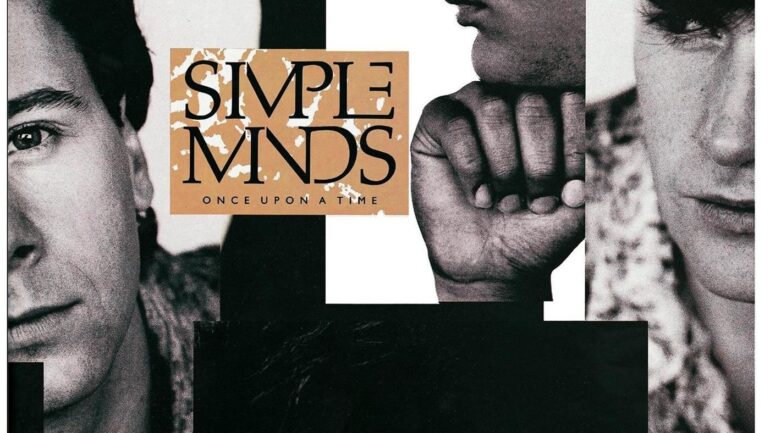
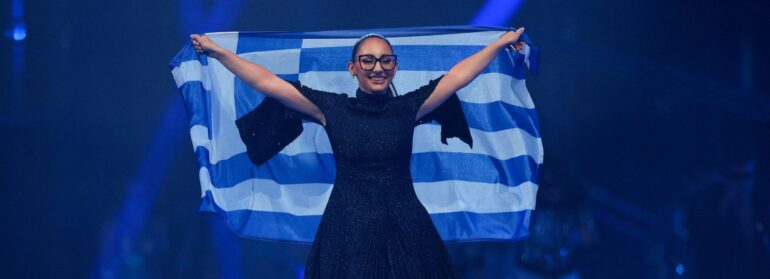
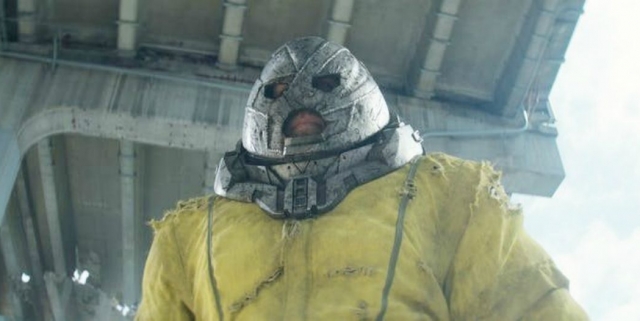
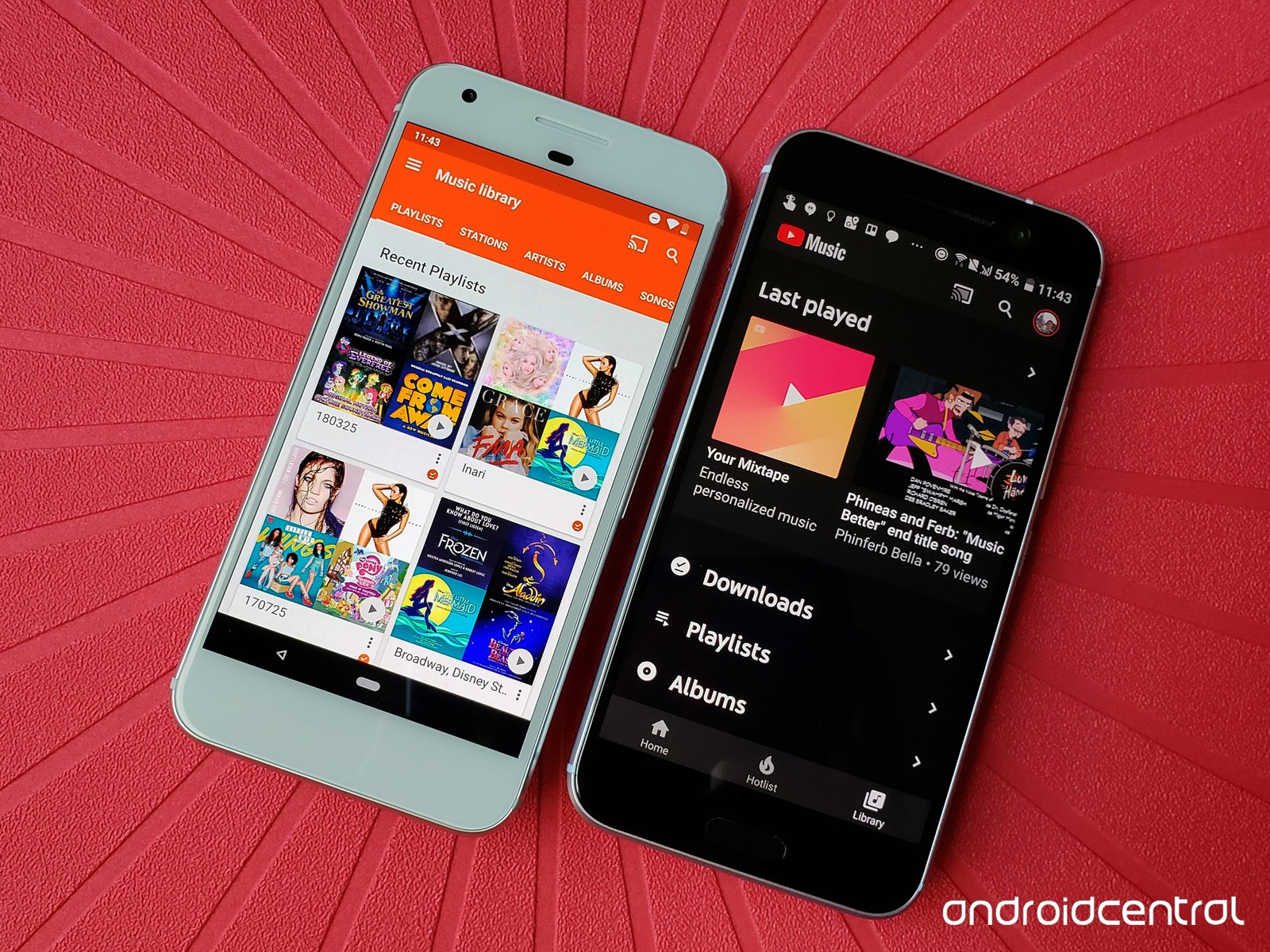
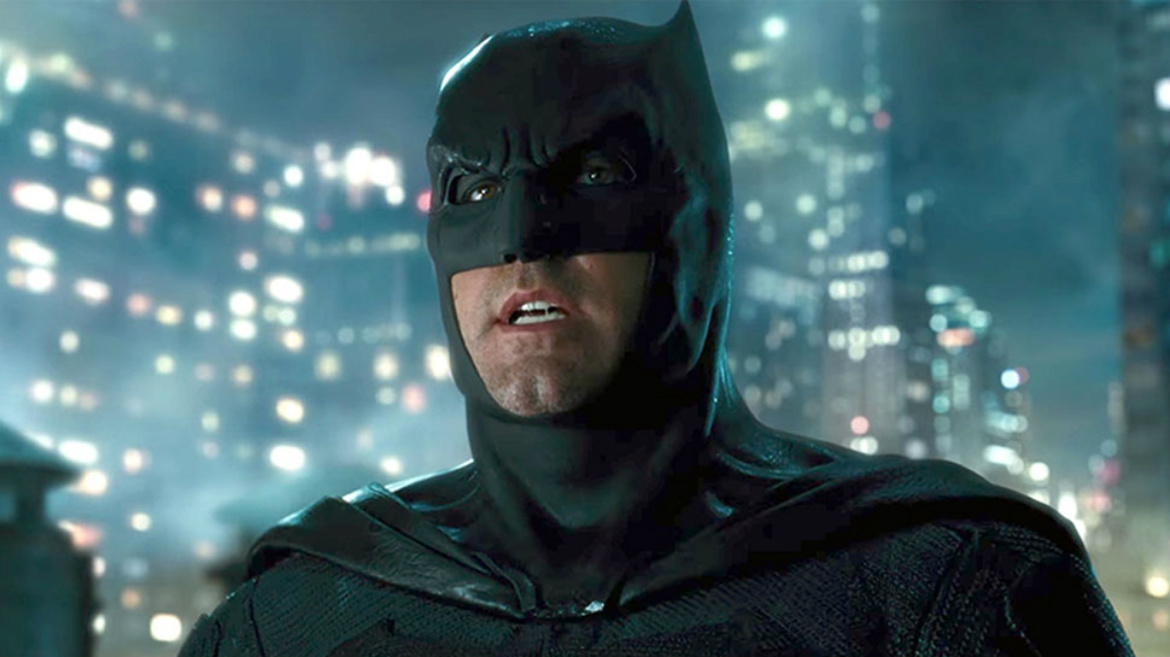











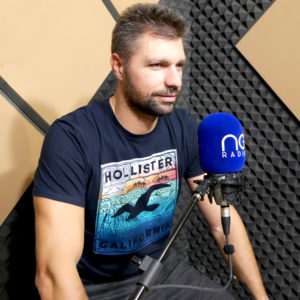

Post comments (0)